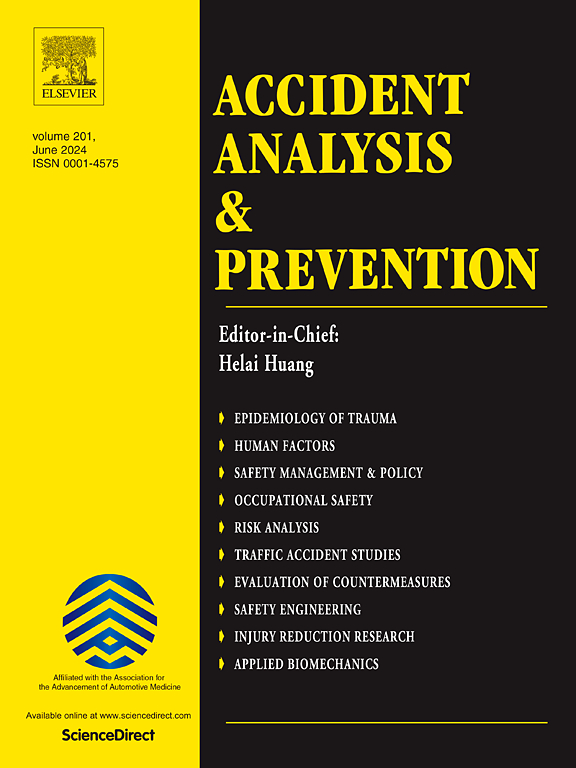A safe self-evolution algorithm for autonomous driving based on data-driven risk quantification model
IF 5.7
1区 工程技术
Q1 ERGONOMICS
引用次数: 0
Abstract
Autonomous driving systems with self-evolution capabilities have the potential to independently evolve in complex and open environments, allowing to handle more unknown scenarios. However, as a result of the safety-performance trade-off mechanism of evolutionary algorithms, it is difficult to ensure safe exploration without sacrificing the improvement ability. This problem is especially prominent in dynamic traffic scenarios. Therefore, this paper proposes a safe self-evolution algorithm for autonomous driving based on data-driven risk quantification model. Specifically, a risk quantification model based on the attention mechanism is proposed by modeling the way humans perceive risks during driving, with the idea of achieving safety situation estimation of the surrounding environment through a data-driven approach. To prevent the impact of over-conservative safety guarding policies on the self-evolution capability of the algorithm, a safety-evolutionary decision-control integration algorithm with adjustable safety limits is proposed, and the proposed risk quantization model is integrated into it. Simulation and real-vehicle experiments results illustrate the effectiveness of the proposed method. The results show that the proposed algorithm can generate safe and reasonable actions in a variety of complex scenarios and guarantee safety without losing the evolutionary potential of learning-based autonomous driving systems.
求助全文
约1分钟内获得全文
求助全文
来源期刊

Accident; analysis and prevention
Multiple-
CiteScore
11.90
自引率
16.90%
发文量
264
审稿时长
48 days
期刊介绍:
Accident Analysis & Prevention provides wide coverage of the general areas relating to accidental injury and damage, including the pre-injury and immediate post-injury phases. Published papers deal with medical, legal, economic, educational, behavioral, theoretical or empirical aspects of transportation accidents, as well as with accidents at other sites. Selected topics within the scope of the Journal may include: studies of human, environmental and vehicular factors influencing the occurrence, type and severity of accidents and injury; the design, implementation and evaluation of countermeasures; biomechanics of impact and human tolerance limits to injury; modelling and statistical analysis of accident data; policy, planning and decision-making in safety.
 求助内容:
求助内容: 应助结果提醒方式:
应助结果提醒方式:


